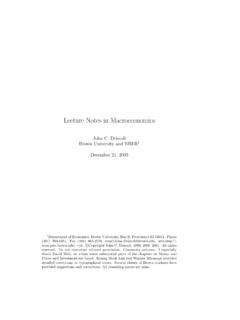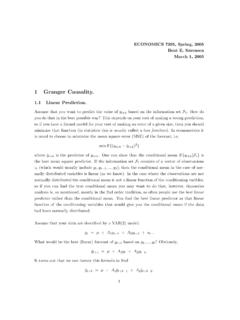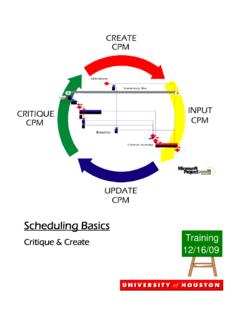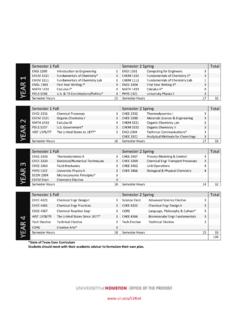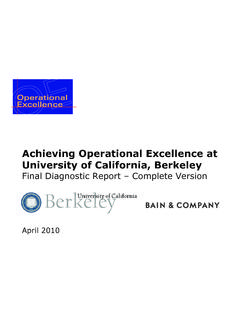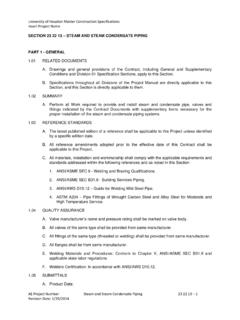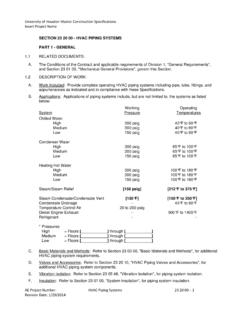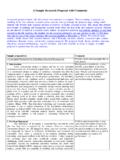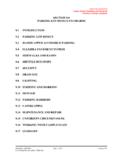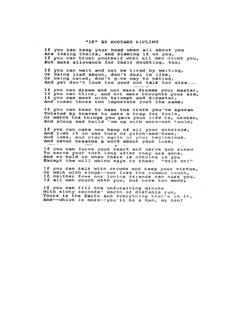Transcription of Acquiring the Foundation: The Periodic Table for Middle ...
1 Annette Boles 1 Acquiring the Foundation: The Periodic Table for Middle School Science Annette Boles Sharpstown Middle School Chemistry is a traditional course taught in high school and college; however, the foundation of this course should occur in the Middle school science classes across the country. So many high school students struggle with chemistry, and as a result they either love it or hate it. The Middle school years are still very impressionable years, and the intent of this unit is to get Middle school science students to feel comfortable with basic chemistry and its use of the Periodic Table of elements.
2 The passion for Middle school science should transfer to the students; however, it must include the foundation of basic chemistry! THE UNIT Acquiring the Foundation presents the Periodic Table of elements for Middle school science students by addressing the basic principles of the Periodic Table of elements to insure a solid foundation occurs for the Middle school science student. This foundation will benefit the Middle school student who may or may not enroll in a high school chemistry class. The goal of this unit is threefold. The first is to familiarize students with the history of models of the structure of atoms.
3 The second is to help students understand how the Periodic Table of elements was organized. The third is to allow students to investigate the history of the different models of an atom and provide understanding of the concepts of the physical properties of the electron. In Krasnow's book he states, "The chemist's most useful tool probably isn't the test tube or the Bunsen burner. It's the Periodic Table of elements (8). The Periodic Table of elements lists all the elements known to man in an order that tells us many things about each element. The atomic structure of an atom will be introduced in this unit.
4 The students will study the different models of atoms by creating a time line from the early 1800's to the present. The " Acquiring the Foundation" unit will help the Middle school student become familiar with chemistry and the Periodic Table of elements terminology. The unit will explain and demonstrate concepts that answer the following questions: What is a family? What is a period? What is a valence electron? What is an atomic number? The Middle school student will get aquatinted with the format of the Periodic Table . These are only a few of the basic questions this unit will try to answer.
5 However, the basic concept to be conveyed to the Middle school student will be the order in which the Periodic Table of elements is arranged and the relationship of this arrangement to the properties of the electrons within elements. The Periodic Table of elements is not a random Table ; the patterns of the Periodic Table of elements are repetitive just like the days of the weeks and the months of the year. Haven stated, I realized nature works in Periodic ways, too. In notes, in seasons, in waves at the beach, even in trees: the same characteristics repeat over and over after a set period of time or distance.
6 So I asked myself, "Why not look at the elements for characteristics that repeat?" (113). The unit will also investigate the basic foundation and principles of chemical bonds. If the Middle school science students can understand the organizational concepts of the Periodic Table of elements and the properties of the electron they will understand periods and groups on the Periodic Table of elements, valence electrons, covalent bonding, and ionic bonding. Houston Teachers Institute 2 The unit's final project will be an animated Periodic Table . The student will construct an animated Periodic Table of the first eighteen elements on the Periodic Table of elements.
7 The animated Periodic Table of elements will be organized according to the same principles Mendeleyev used when he placed elements in the original Periodic Table . This unit will help students build a strong foundation of the Periodic Table of elements and the physical properties of the electron. Students will take ownership of basic chemistry because the students will have a firm foundation in one of the most difficult subjects in high school and college. This unit will strive to make laying the foundation of chemistry fun and exciting by breaking it down into layman terms.
8 THE OPINION Chemistry is loved by few and hated by many. A chemistry course is filled with positively and negatively charged particles as well as positive and negative opinions. However, the overall public opinion is not a positive one: the general public and science students have a negative opinion about chemistry. What is the origin of this negative opinion? What made the chosen few love chemistry? The answers to these questions are one and the same. The opinion of any subject matter starts early in the classroom; chemistry is no different. Science classrooms around the world continue to produce a limited number of great doctors and scientist who have a positive opinion about chemistry.
9 A negative opinion of chemistry is usually formed in the same science classroom where the positive attitude about chemistry began. To insure new opinions of chemistry will form in science classrooms around the world, teachers must pass on the excitement that they have about chemistry to their students. The unit Acquiring the Foundation is written to assist Middle school science teachers in passing on the excitement of chemistry. Acquiring the Foundation provides accurate and exciting activities for the Middle school students. The introduction of students to the Periodic Table of elements should be unique.
10 When students enter the science classroom, it is up to the science teacher to help mold positive attitudes and opinions about chemistry. Middle school science teachers can help prepare the minds of young Middle school science students for their first attempt at a high school chemistry course. The objective of this unit is to help Middle school science teachers provide an accurate and stimulating foundation for the beginning chemistry student. I believe this unit will help create positive experiences for the pre-chemistry Middle school student, which may promote a positive opinion about chemistry.
